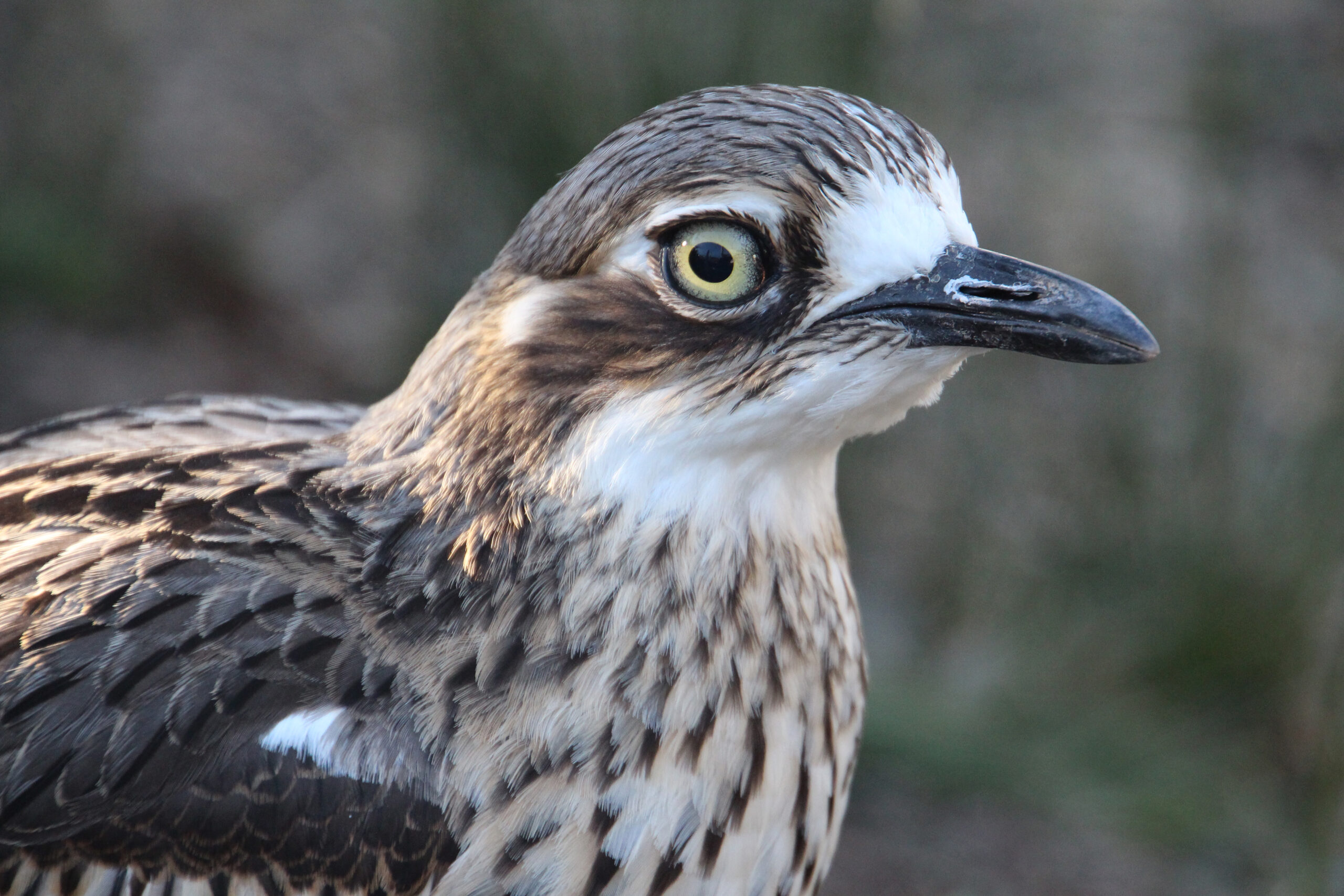| Common name | Orange-bellied parrot |
| Scientific name | Neophema chrysogaster |
| Type | Bird |
| Diet | Seeds and fruits, mostly of sedges and marsh plants, but sometimes also flowers and stems |
| Average lifespan | Possibly 10 years |
| Size | Length of about 20cm; weight about 45g |
This little parrot, which gets its common name from a splash of bright orange plumage on its lower belly and is barely bigger than a budgerigar, is one of Australia’s most endangered birds. Fewer than 50 adults are now thought to survive in the wild. And, despite a massive conservation effort, there are serious concerns that extinction in the wild by the mid-2020s is a very real possibility.
Orange-bellied parrots face a variety of pressures including predation by feral foxes and cats, and disease. But perhaps the species’ biggest threat is the loss and modification of its habitat near where it breeds, particularly the drainage of wetlands for grazing and the clearing of saltmarsh for agriculture and industrial and urban development.
The species’ migratory lifestyle, which is very unusual for a parrot anywhere in the world, makes it particularly vulnerable to these pressures. The orange-bellied parrot breeds only Tasmania’s south-west coast, where it feeds on the seeds of button grass and nests in tree hollows in forest dominated by a type of eucalypt endemic to Tasmania known as Smithton peppermint.
After breeding, orange-bellied parrots fly across Bass Strait to south-east mainland Australia, where they overwinter in coastal Victoria and South Australia.
Now that the species’ population has become so small, it also faces added pressures placed on its survival caused by in-breeding.
As work continues to protect and restore orange-bellied parrot habitat in both Tasmania and on mainland Australia, and to reduce feral fox and cat predators, a successful breeding program underway in zoos has been trying to create an insurance population that can hopefully be used to one day rebuild the species in the wild.





